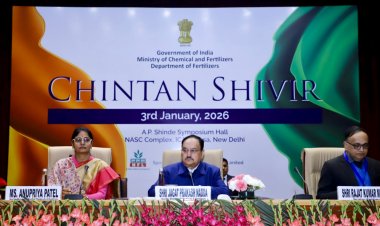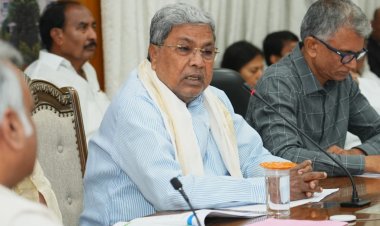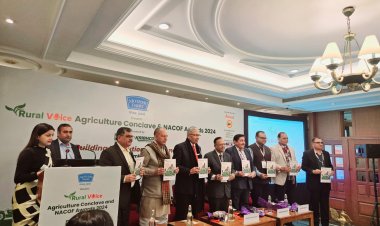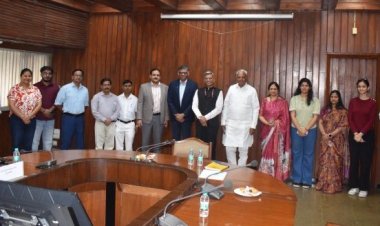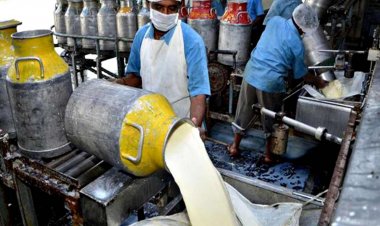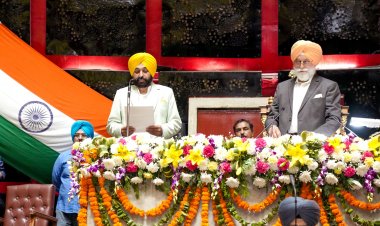Monsoon lags in north west india, 5 percent less rain, punjab-haryana most affected
Monsoon rains in North West and North East India remain below normal, impacting farming activities. As of August 8, the East and North East regions have experienced an 11 percent rainfall deficit, while North West India has received 5 percent less rain than usual.
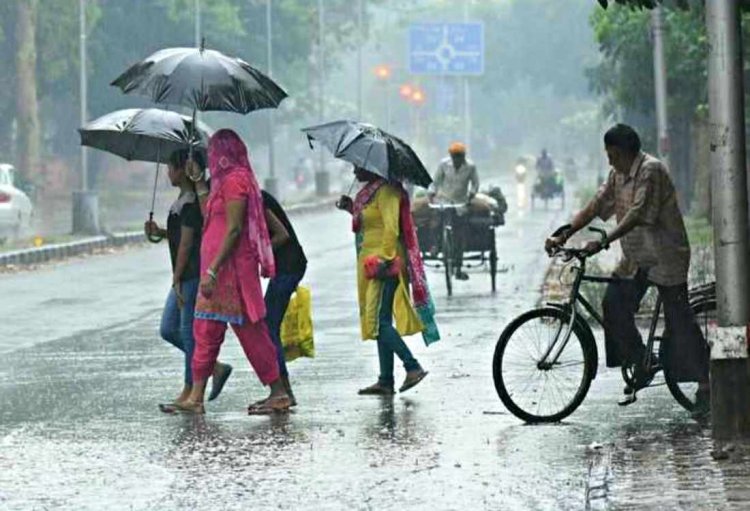
Half of the monsoon has passed now, but many parts of the country have still received less rainfall. Due to which drought-like conditions have prevailed and farming has been adversely affected. Due to less rainfall, sowing of Kharif crops has been delayed and irrigation could not be done on time. Farmers of North West India and North East India are quite upset due to less rainfall. Even though the country has received 7 percent more rainfall than normal from June 1 to August 8, monsoon rainfall in North and Northeast India is still less than normal. East and North East India have received 11 percent less rainfall till August 8. Whereas in North West India, monsoon clouds have rained 5 percent less.
Least rainfall in Punjab-Haryana
Talking about North West India, Punjab-Haryana and Himachal have received the least rainfall here. According to IMD data, Punjab has received 42 per cent less rainfall, Haryana-Chandigarh and Delhi 27 per cent, Himachal Pradesh 28 per cent, Jammu-Kashmir and Ladakh 33 per cent, Western Uttar Pradesh 4 per cent, Eastern Uttar Pradesh 14 per cent and Uttarakhand 1 per cent less rainfall.
The situation in East and Northeast India is also similar. Here, Arunachal Pradesh has received 17 per cent less rainfall, Manipur-Nagaland-Tripura 24 per cent, West Bengal 21 per cent, Jharkhand 13 per cent, Bihar 25 per cent and Assam 2 per cent less rainfall. Talking about Central and South India, the monsoon has been quite good in these regions this year. Central India has received 19 per cent more rainfall than normal till August 8 and South India has received 25 per cent more rainfall than normal.
Even today, in many areas of the country, farmers are dependent on rainwater for farming. But, due to lack of rain, they have to face many problems. This year the monsoon started well in the country, especially in central and south India, there was heavy rainfall. But the pace of monsoon slowed down in North and Northeast India, the effect of which is now clearly visible.
More rain forecast in August-September
The IMD has forecast above normal rainfall in the months of August and September. Favorable La Nina conditions are likely to develop by the end of August, which may increase monsoon rainfall. However, in the second half of the monsoon, there is a possibility of below normal rainfall in some areas, especially in the western Himalayan region and some parts of the Northeast.



 Join the RuralVoice whatsapp group
Join the RuralVoice whatsapp group



















